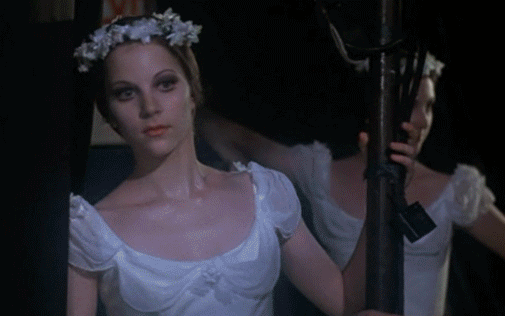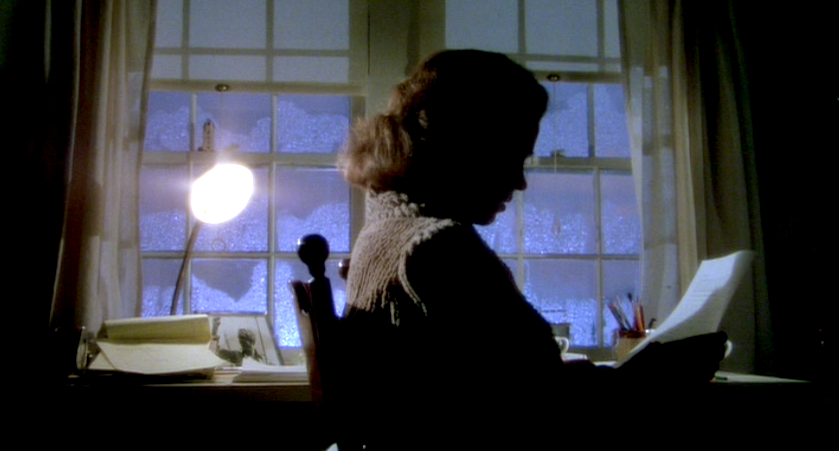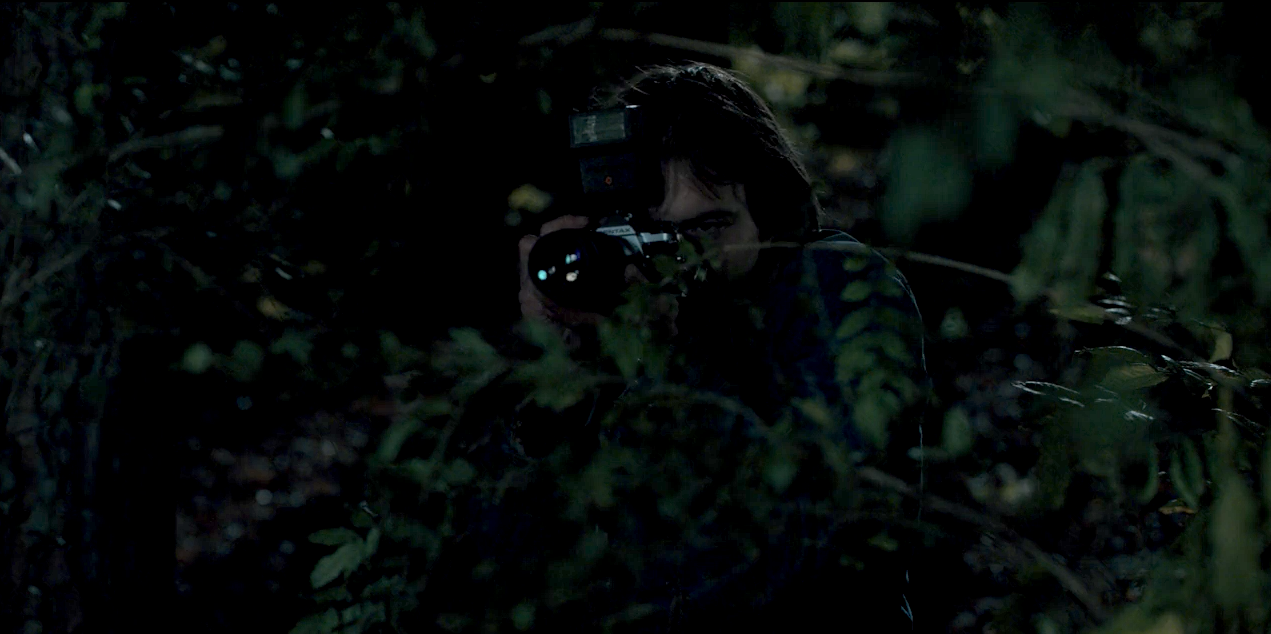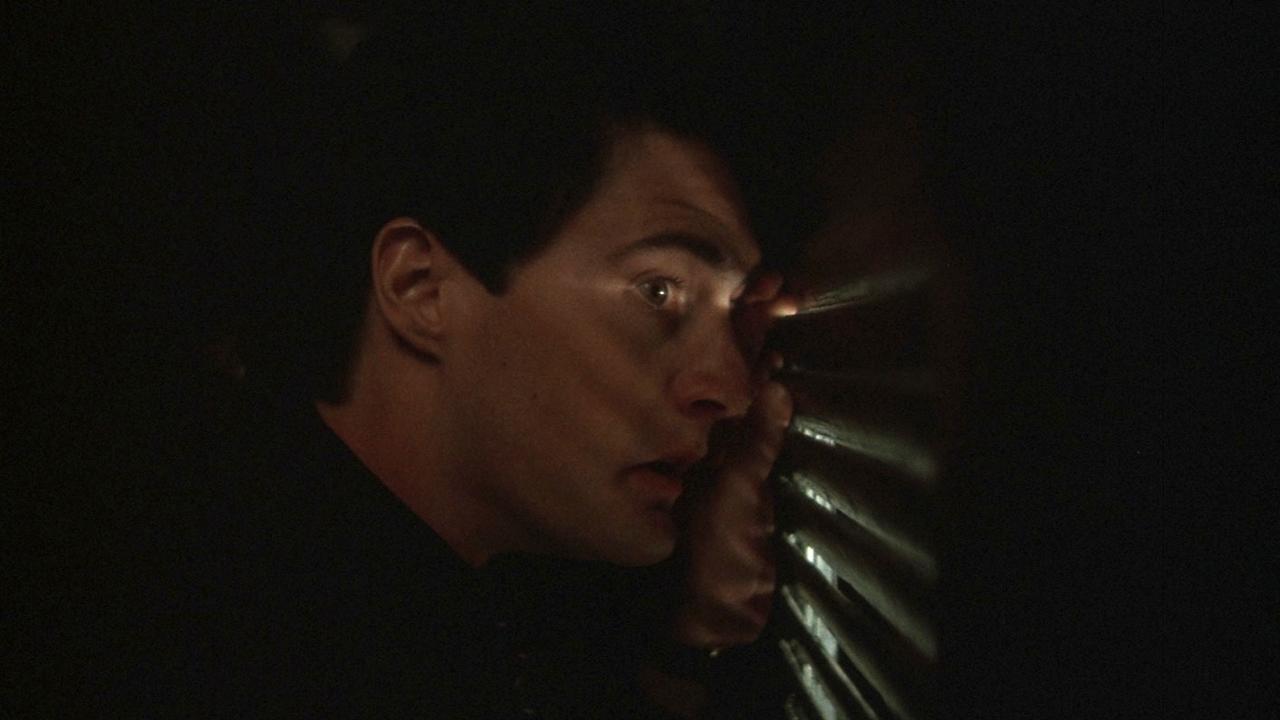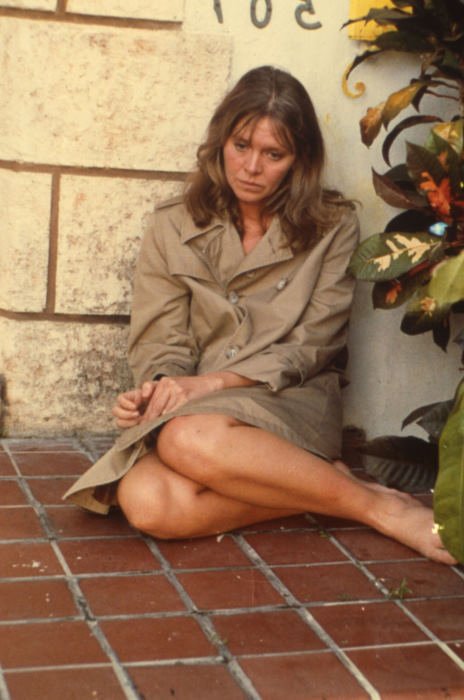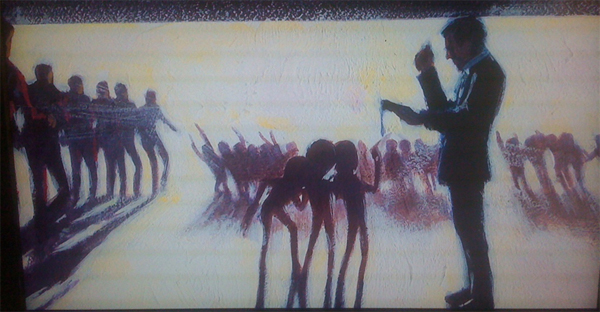Smackdown '77: Melinda, Leslie, Tuesday, Quinn, and Vanessa Redgrave
 Sunday, July 31, 2016 at 12:00PM
Sunday, July 31, 2016 at 12:00PM Presenting the Supporting Actress Nominees of '77. A mother with extraterrestrial problems, a highly neurotic swinger, a wealthy political activist, a precocious daughter, and a timid ballerina.
THE NOMINEES
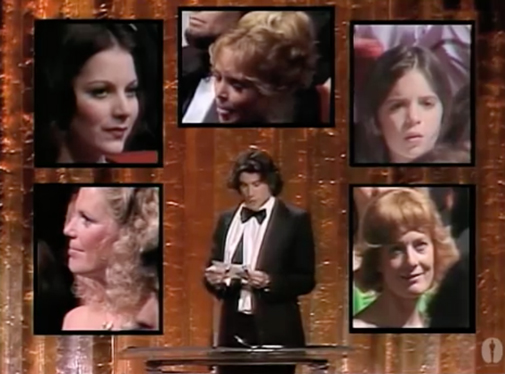 John Travolta opening the envelope
John Travolta opening the envelope
If the characters weren't quite typical this time, the shortlist formation was a familiar mix of career glories. Consider the slotting: Oh look, there's the child actor slot that the Supporting Actress category is famous for going to Quinn Cummings; Tuesday Weld wins the underappreciated enduring talent nod; No typical shortlist is complete without a newish critical darling with momentum which in 1977 was Melinda Dillon (she had created the "Honey" role in Who's Afraid of Virginia Woolf on stage but didn't get to do the movie and was finally making film inroads via her role in the previous year's Best Picture nominee Bound for Glory ); Finally, you have to have a current Oscar darling with considerable prestige and fame (Vanessa Redgrave) on hand in any given year. Oops, that's only four. The last type is more rare but not unprecented. The final player fell under what you might call the "novelty" slot (Leslie Browne). When the latter happens it's usually either foreign-born non-actors or famous musicians but in this case it was a soon to be principal dancer with the American Ballet Company.
THIS MONTH'S PANELISTS
Here to talk about these five turns are our panelists: Mark Harris (Author of "Pictures at a Revolution," and "Five Came Back"), Guy Lodge (Variety, The Observer), Nick Davis (Associate Professor of English and Gender & Sexuality Studies at Northwestern), Sara Black McCulloch (Rearcher, Translator, Writer) and your host Nathaniel R (Editor, The Film Experience).
And now it's time for the main event...



